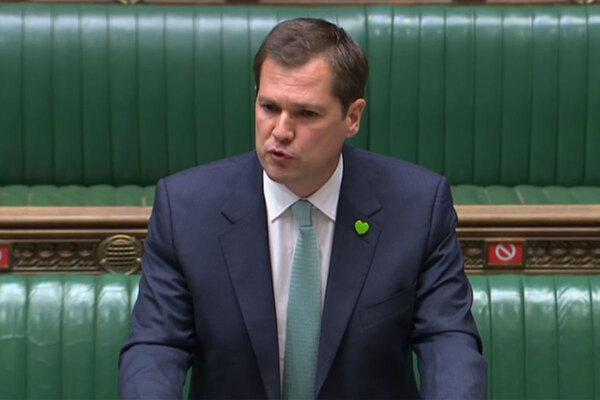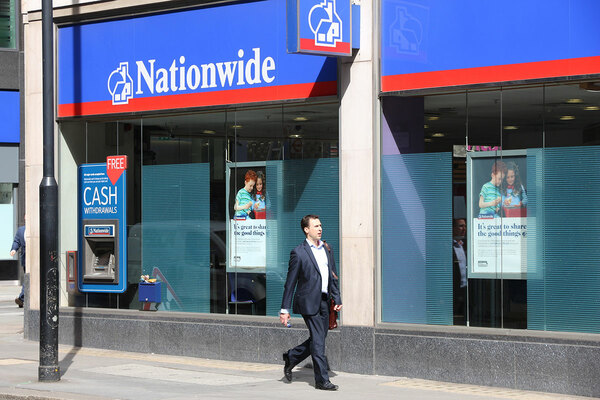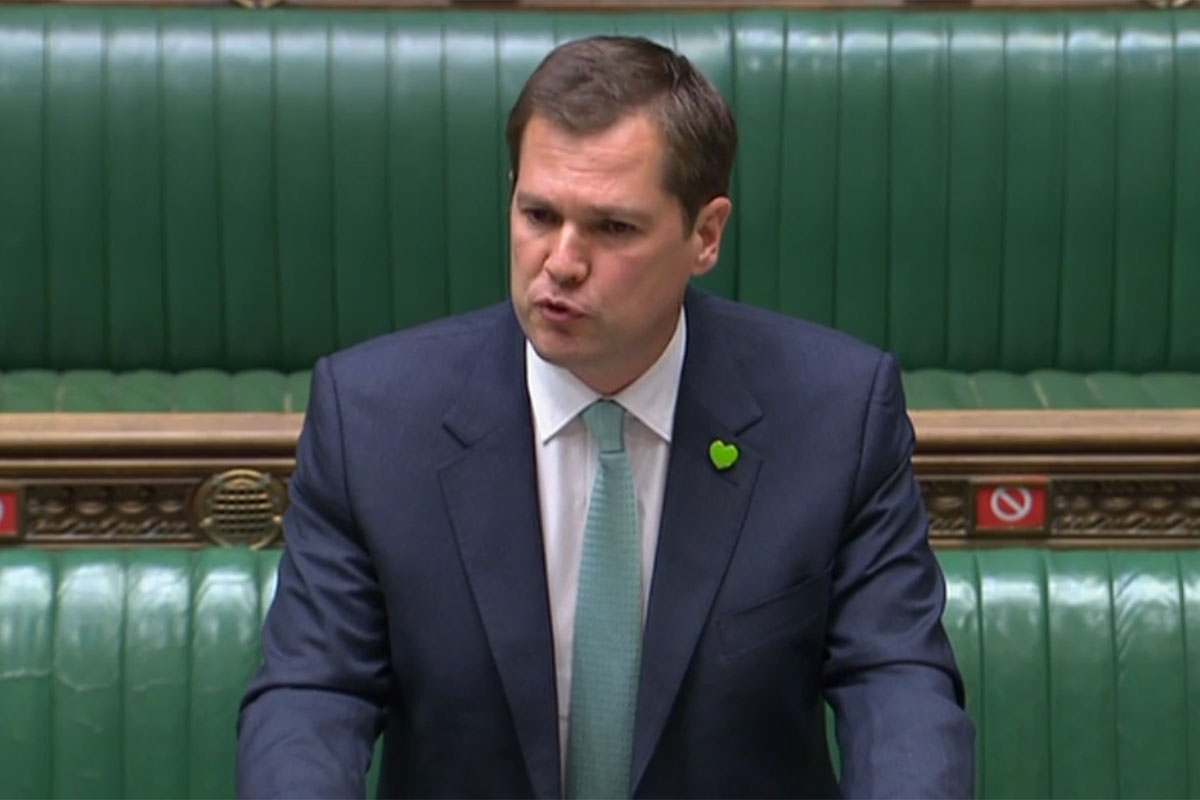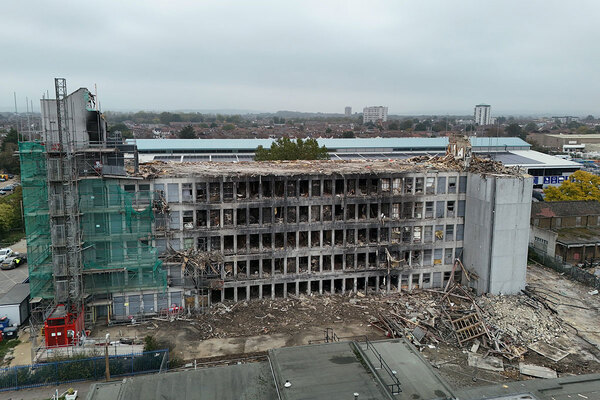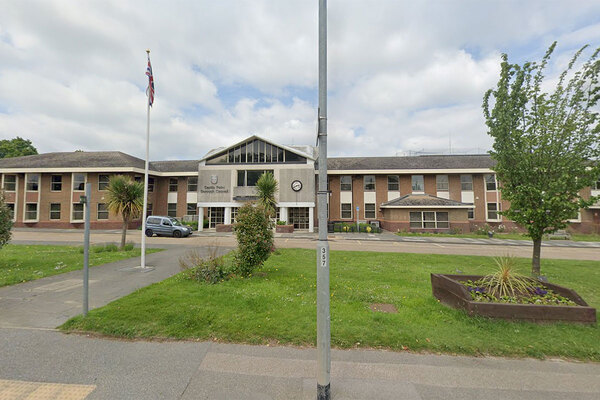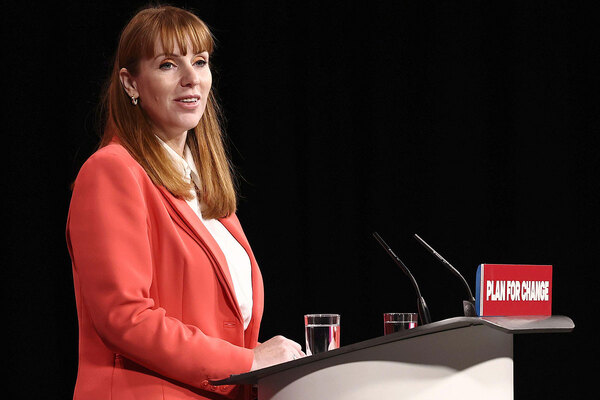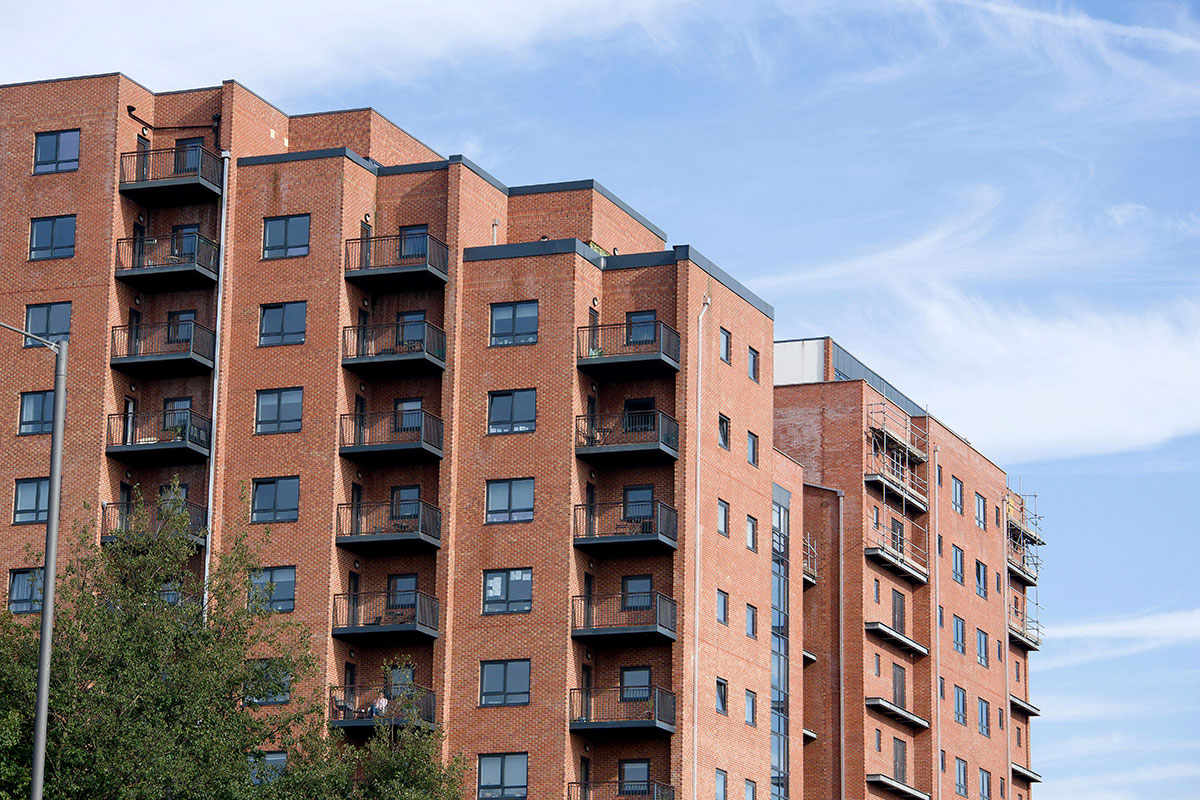Jenrick’s attempt to close the EWS1 Pandora’s Box may not succeed
The housing secretary is hoping to persuade lenders to stop asking for assurances that the walls of medium and low-rise buildings are safe. But his plan fails to address the fundamental issues, writes Peter Apps
There is no doubt that the use of EWS1 – the form required to assure lenders of the safety of a building’s facade – has got out of control.
For the past year, it has been almost impossible to get a mortgage on a flat without one. In the most extreme cases, banks have asked for such forms on perfectly normal terraced houses that happen to have been split into flats.
At the same time, the surveyors who complete the forms have taken an ultra-cautious approach, afraid of signing off a property that may later prove dangerous, and failing an overwhelming majority of affected buildings.
The resulting demands for remediation, crippling interim costs and delays in selling have been ruining lives. With an estimated 1.2 million people affected, this is a situation that has desperately needed bringing under control for around a year.
Yesterday, housing secretary Robert Jenrick made a bold attempt to do so.
His rabbit in the hat was a new “expert report” that concludes there is no systemic risk to blocks of flats and, as a result, buildings below 18 metres tall should no longer need a form.
If lenders agreed, this would take tens of thousands of buildings outside the scope of the form and allow hundreds of thousands of trapped leaseholders to resume their lives. But there are questions.
The report on which this all hinges has been prepared by experts who have been regular advisors of the government in recent years.
The panel was made up of Dame Judith Hackitt, who carried out the review of the system of building regulation in the immediate aftermath of the Grenfell Tower fire; Sir Ken Knight, who has advised ministers for decades; and Ron Dobson and Roy Wilshire, two former senior firefighters who have long held the ear of government through the National Fire Chiefs Council.
And the report they have written delivers little we didn’t already know. Fire deaths are falling, dwelling fires are rare, and fires that spread beyond the room of origin in high-rise flats are rarer still. These figures have been known for years, and have not previously had any bearing on lender behaviour.
It is not clear why presenting widely cited numbers in a 19 paragraph report written by the same experts who have advised ministers for many years should be any sort of game changer.
The most likely explanation is that the government (and at least some of the industry) has simply realised that the current position is unsustainable, and they need a way out.
There are simply too many medium-rise buildings to fix without crashing the property market and bankrupting a generation of young homeowners. The government has decided that the risk of leaving the buildings unfixed is lower than the cost of fixing them, and it wants the problem off the books.
“It is not clear why presenting widely cited numbers in a report written by the same experts who have advised ministers for many years should be any sort of game changer”
There are undoubtedly hundreds of thousands of leaseholders who feel the same way. They will have gone to bed last night praying that the new announcement does what Mr Jenrick hopes and simply makes the problem disappear.
The trouble is, for a problem this complex, the easy solutions are not likely to work.
Asked directly yesterday by Clive Betts, long-standing chair of the Housing, Communities and Local Government Select Committee, whether medium-rise blocks would still need remediation, Mr Jenrick conceded that some will – but said he hopes it would be a very small number.
And this is where the cunning plan starts to fray. Because what about the blocks that have already been assessed and found to be problematic?
Is the government hoping the reports that have already identified combustible insulation, missing fire-stopping and balconies made of tinder wood can simply be put in a drawer and forgotten, with the homes miraculously returning to full market value?
Such an approach requires valuers, lenders and surveyors to adopt the role of the three wise monkeys. If they do not, then the blocks will still need remediation and we have not travelled very far.
And what about all the other blocks waiting for assessments? Lenders will, presumably, still want to know whether the building they are lending on is among the “small number” that will need remediation before accepting it as security for a mortgage.
To get the answer to that question, they will need details of the make-up of the external wall. This will require a survey, which leads us neatly back to the position we are in today.
While some have expressed support of the government’s plan, statements for press releases are easier than real-world lending. The impact of Mr Jenrick’s words is yet to be tested. Previous attempts to limit the scope of EWS1 do not breed confidence.
The government’s hope is that routine fire risk assessments of the building will provide the required answers about the danger of the facade, once new guidance on checking them is in force and being applied by assessors.
But experts I have asked about this guidance don’t expect it to result in wildly different conclusions to the current EWS1 system. If the walls are made of combustible materials and the fire breaks are missing, they are still going to want them fixed.
The assessors will not want the legal risk of signing off on a building that is later involved in a serious fire and will therefore take a cautious approach. There is still no protection against charging the cost of this work to residents. This circle has not been broken.
Mr Jenrick suggested that the new Building Safety Regulator would audit this risk assessment process to guard against “the risk aversion we are witnessing in some instances at the current time” and leaseholders should be given powers to challenge the conclusions of assessors.
This promises lengthy, complex arguments, but with the fundamental drivers of today’s crisis still in place, it is difficult to see how a different position will be reached.
“What is required is what has always been required: a state-led process of identification and prioritisation to separate the very dangerous, from the moderately dangerous, from the safe”
Linked to this is the awkward but simple fact that many of these blocks need remediating not because of an overzealous approach from lenders, but because they are fundamentally dangerous.
Anyone familiar with the fires at Samuel Garside House, the Cube in Bolton or Richmond House in Worcester Park should know that the risk of multiple deaths in a medium-rise fire is very real.
The problem we have is that we can’t yet tell these dangerous blocks from those that do not need remediation, or those where sprinklers and fire alarms would be enough to make them safe.
What is required is what has always been required: a state-led process of identification and prioritisation to separate the very dangerous, from the moderately dangerous, from the safe.
But Mr Jenrick is still leaving this work to the market – he is just asking it to start from a different assumption about risk. The results may not change much.
It must be remembered that we are here because of the government’s own decisions.
It was the government’s decision in late 2018 to publish Advice Note 14, which insisted that all facades should either be non-combustible or justified by a large-scale test.
It was the government’s decision – this time on Mr Jenrick’s watch – to publish a consolidated advice note in January 2020, which had the effect of applying this rule to medium-rise buildings as well.
This was despite government guidance that set no limits on the combustibility of facades below 18 metres and still does not today. The obvious result is that combustible materials are very widely used on these buildings.
And so when these advice notes collided with the reality of the insulation, cladding panels and balconies on the outside of many homes, they gave us the crisis we have today.
Mr Jenrick yesterday said that these advice notes will now be withdrawn. But the process they have begun will not be stopped so easily.
In the Greek myth, Pandora slammed the lid of her box closed when she saw the horror she had unleashed. But it was too late: misery had entered the world and could not be bought back under control. Mr Jenrick should worry that his plan is set for a similar fate.
Peter Apps, deputy editor, Inside Housing
Sign up for our fire safety newsletter
Already have an account? Click here to manage your newsletters

